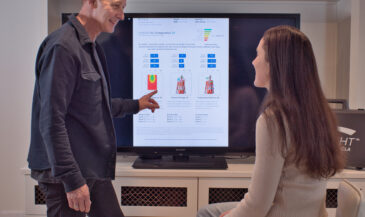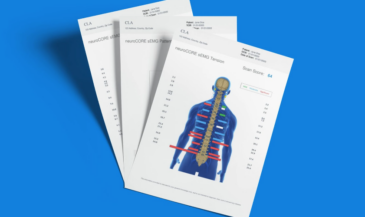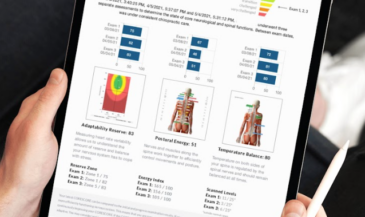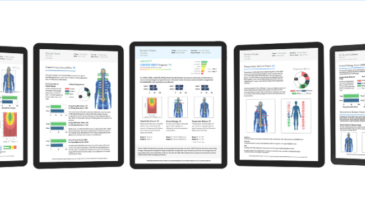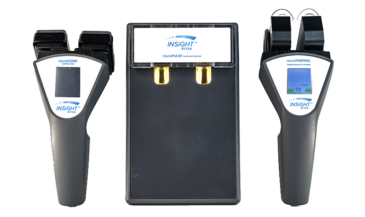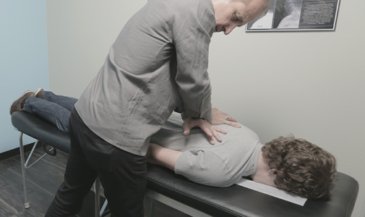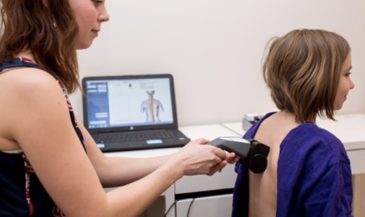In chiropractic care, every adjustment matters. Each conversation, every interaction—whether short or long—can either propel your patients further along their healing journey or leave them standing still. That’s why I’m sharing something truly game-changing today: Table Talk.
Now, I know what you’re thinking: “Table talk? Isn’t that just small talk?”
Nope! Table talk is so much more than casual conversation at the adjusting table. It’s an art form. A strategy. A dialogue designed to reaffirm the value of care, strengthen the patient’s mindset, and align your adjustments with their wellness goals. Let’s dive into the first of three powerful strategies around table talk that will help you sharpen this crucial tool.
#1. Embrace Present Time Consciousness (PTC).
This simple yet profound strategy has the potential to transform your practice. PTC is the ability to be fully present in the moment with your patient. It’s a superpower that you can cultivate every time you step into your adjusting space. When you’re truly present, your focus is laser-sharp, your energy is aligned, and your adjustments are more impactful.
Ever find yourself distracted during adjusting hours? Or notice that you and your patients are just going through the motions?
That’s where PTC comes in. When you harness this power, you’re creating a moment of connection with your patient that drives momentum. You’re no longer just administering an adjustment—you’re delivering a transformative experience.
#2. Harness the Power of PTC
To start, detach from everything that came before the adjustment. It doesn’t matter if the last patient’s case was complex or if the office feels chaotic—that is noise. When you step into the adjusting space, make a conscious decision to be fully present with your patient.
This isn’t just about you—it’s about the respect your patients deserve. They’ve shuffled their schedules, invested in their health, and trusted you with their well-being. They’re here for you, so be there for them.
Once you’re present, start using intentional language. Every word you say should align with the care you’re providing. Replace the standard “How are you today?” with a question that shifts the focus to their wellness journey: “What’s different today?” Now you’re fostering awareness of the changes they’re experiencing.
#3. Adopt a NERVE FIRST Mindset
In your table talk, don’t just chase symptoms—talk about the nervous system! Every adjustment is an opportunity to rewire and strengthen the nervous system, and your words should reinforce that process. Your patients may not always feel the adjustments immediately, but with the right conversation, you can help them understand the deeper impact chiropractic care is having on their nervous system.
For me, this is where the INSiGHT becomes a powerful ally.
What’s better than telling your patients they’re improving? Showing them! Scanning is designed to do just that. It brings objectivity and clarity to your care, allowing both you and your patients to visualize progress. PTC doesn’t just happen with words—it happens with the tangible evidence that INSiGHT provides. When patients see how their nervous system is improving, it validates your care and solidifies their commitment.
I like to use this sequence to help guide my table talk conversations:
-
Report: Explain the results of the scan.
-
Educate: Teach the patient how the scan relates to their nervous system function. Remember, the nervous system is always doing the best it can with what it has; The nervous system is always learning; The nervous system is always seeking efficiency.
-
Discuss: Talk about the adjustments and the ongoing care that will optimize their health.
The scan results become more than just data; they’re part of the story you’re telling with your table talk—one that keeps your patients engaged, informed, and invested.
I challenge you to raise your Present Time Consciousness and focus on the Nerve First approach in the weeks ahead. Watch how your patients respond to your heightened awareness and connection. You’ll see a difference in your adjustments, your interactions, and—most importantly—their outcomes.
Chat with our team today or to dive deeper in this topic, download our Scan Centric Table Talk eBook!











